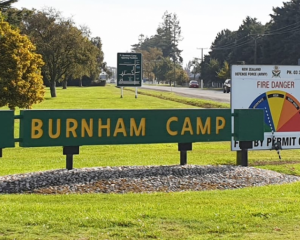A new national blue cod strategy to be released in the "coming months" will address recreational rules; a lack of recreational catch data, and fine-scale commercial data; and a lack of education around the blue cod’s unique biology, Fisheries New Zealand says.
Inshore fisheries manager Steve Halley said a second phase of public engagement was well supported,
a second online survey attracting 1182 responses nationwide, and around 150 people attending nine drop-in sessions held in the South Island in April.
"Following the release of the strategy, it is likely some immediate changes to the rules and limits for blue cod will be consulted on," Mr Halley said.
More than 35% of the feedback the ministry received related to the area known as BCO3, which covers the South Island’s east coast, 417 of the 1175 survey respondents identifying Moeraki, Motunau, Kaikoura, eastern Otago Peninsula, Taieri Mouth, Oamaru, Karitane and Shag Point as the areas of most importance.
Only the area known as BCO7 (453 respondents) attracted more attention in the survey, about 80% of the respondents identifying the Marlborough Sounds as the area of most importance.
The majority of commercial respondents were interested in the bottom of the South Island, including Fiordland (BCO5, 48%), where the total allowable commercial catch amounted to 85.3% of the total catch, the ministry said.
About 90% of responses concerning the east coast of the South Island (BCO3) were from recreational fishers. Three-hundred and seventy-seven respondents from the area responded to the question about a universal minimum legal size of 33cm, 84% of them supporting or strongly supporting the proposed limit. More than three-quarters (77%) supported a "traffic light" approach to limits with areas with healthy blue cod stocks, where "green" would indicate the highest bag limit and lower "orange" or "red" limits applied if the area was in trouble.
Respective limits of 15, 10 and five fish received more than 30% support; and 10, five and two, less than 30% support. Accumulation limits also found favour (62% supported or strongly supported) while there was less agreement on seasonal and area closures (47% supported or strongly supported).












